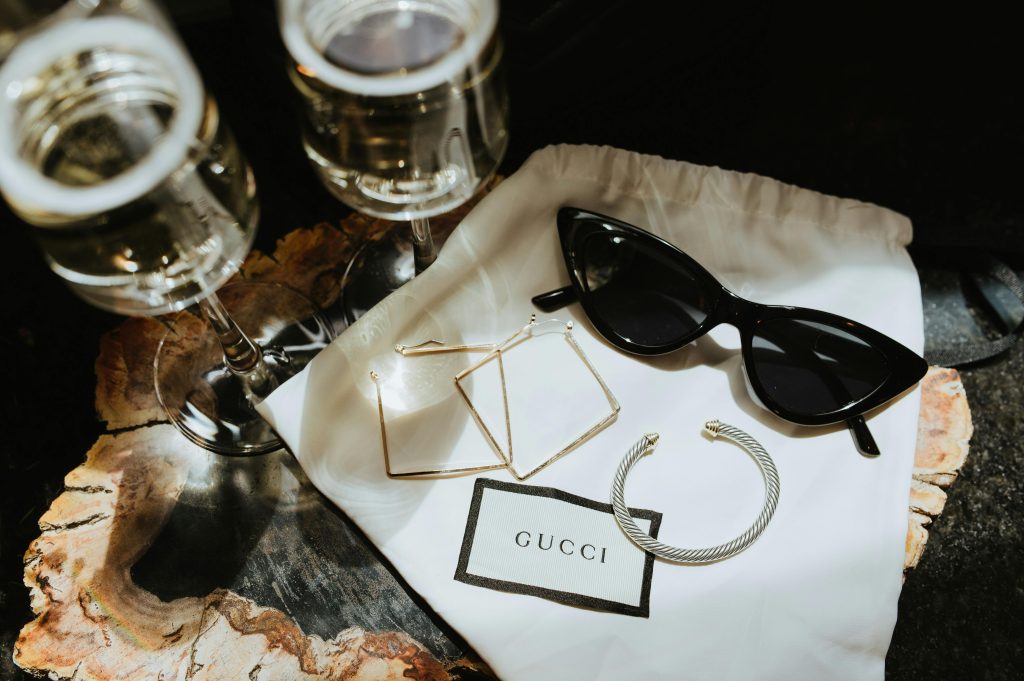Gucci vs. Hermès: The Accessible Icon vs. The Ultimate Luxury
The fashion world has many tiers, but perhaps no comparison is more stark than Gucci vs. Hermès. This isn’t just a choice between two brands; it’s a choice between attainable, trend-driven luxury and the pinnacle of exclusive, timeless patrimony.
Gucci is a dominant force in the accessible luxury market, while Hermès operates in a rarefied stratosphere of its own. This guide breaks down the key differences in their philosophy, craftsmanship, and what it truly means to own a piece from each house.
Gucci vs. Hermès: A Snapshot
| Aspect | Gucci | Hermès |
|---|---|---|
| Brand Tier | Accessible Luxury | Ultra-Luxury / Haute Maroquinerie |
| Heritage | Italian, founded 1921. Equestrian roots. | French, founded 1837. Equestrian and saddle-making roots. |
| Core Philosophy | “More is more.” Maximalist, creative, and trend-aware. | “Less is more.” Understated, timeless, and quality-obsessed. |
| Iconic Aesthetic | Bold, eclectic, logo-driven, and vintage-inspired. | Silent, minimalist, defined by exquisite materials and craftsmanship. |
| Production & Access | Ready-to-wear, seasonal collections, widely available. | Artisanal, limited quantity, often by invitation or waitlist only. |
| Price Point | $$$ (High, but accessible) | $$$$$+ (Extremely High, exclusive) |
1. Brand Philosophy: Hype vs. Heritage
The core difference lies in their reason for being.
- Gucci is a master of cultural relevance and creative expression. Under its recent creative direction, the brand became a hype beast, driving trends through maximalist designs, celebrity endorsements, and viral marketing. It is luxury that wants to be seen, talked about, and instantly recognized. It is deeply connected to the zeitgeist.
- Hermès is the guardian of discreet, unwavering heritage. Its philosophy is built on perfectionism, patience, and a refusal to compromise on quality. The brand is famously resistant to trends and rarely markets itself overtly. Its status is conveyed not through logos, but through the silent language of impeccable craftsmanship and rare materials. Hermès doesn’t follow the culture; it exists outside of it.
2. Craftsmanship & Exclusivity: Ready-to-Wear vs. Haute Maroquinerie
This is where the comparison becomes most dramatic.
- Gucci produces high-quality, Italian-made goods on a larger, industrial scale. While well-crafted, its items are part of seasonal collections and are widely available in boutiques and online. You can walk into a Gucci store and walk out with a bag.
- Hermès treats its leather goods as “Haute Maroquinerie” (high leatherworking). Bags like the Kelly and Birkin are hand-stitched by a single artisan, requiring 15-25 hours of labor. Production is intentionally limited to preserve exclusivity and quality. Gaining access to these iconic bags often requires building a purchase history with the brand (a “profile”) and joining a waitlist, making the acquisition a journey in itself.
3. Iconic Products: The Loud vs. The Quiet
Both have iconic items, but they serve different purposes.
- Gucci Icons:
- GG Marmont Bag: A trendy, logo-driven modern classic.
- Dionysus Bag: Recognizable by its ornate tiger-head closure.
- GG Supreme Canvas: The iconic, visible double-G logo print.
- Princetown Loafers: The horsebit mule that defined a trend.
- Hermès Icons:
- Birkin Bag: The ultimate symbol of wealth and exclusivity. Often a status heirloom.
- Kelly Bag: The epitome of timeless, structured elegance.
- Silk Scarves (Carrés): A more accessible entry point, renowned for their artistry.
- Constance Bag: A simpler, yet equally elusive, classic.
- The Orange Box: A status symbol in its own right, recognizable without a logo in sight.
4. Price & Investment: Expense vs. Asset
The financial commitment is on another level.
- Gucci: You are making a significant luxury purchase. A GG Marmont bag is an investment in a current style, starting around $2,500+.
- Hermès: You are acquiring an appreciating asset. A Birkin or Kelly bag starts at $10,000+ and can easily reach over $100,000 for exotic skins. These bags often sell for far above their retail price on the secondary market, making them a unique combination of fashion and financial investment.
The Final Verdict: Which Brand is For You?
Choose Gucci if:
- You love fashion trends, bold statements, and creative expression.
- You want immediate gratification and the ability to buy what you see.
- Your budget is for accessible luxury.
- You are drawn to logo-driven, recognizable status and a youthful, energetic vibe.
Choose Hermès if:
- You value timelessness, discretion, and unparalleled craftsmanship above all else.
- You view luxury as a long-term investment in heirloom pieces.
- You appreciate the art of the chase and the exclusivity of limited access.
- You believe that true status is silent and needs no logo.
In essence: Gucci is the brand you buy for yourself. Hermès is the brand you invest in for a lifetime (and perhaps for the next generation). They represent two fundamentally different approaches to what luxury means.
Explore the World of Luxury at LUXURYDUP
Understanding the difference between these giants is key to building a thoughtful collection.
- Shop Our Gucci Collection
- Explore Hermès-Inspired Style (Note: Hermès is rarely wholesaled)
- Book a Consultation: Our luxury advisors can help you navigate the market and find pieces that match your aesthetic and investment goals.


